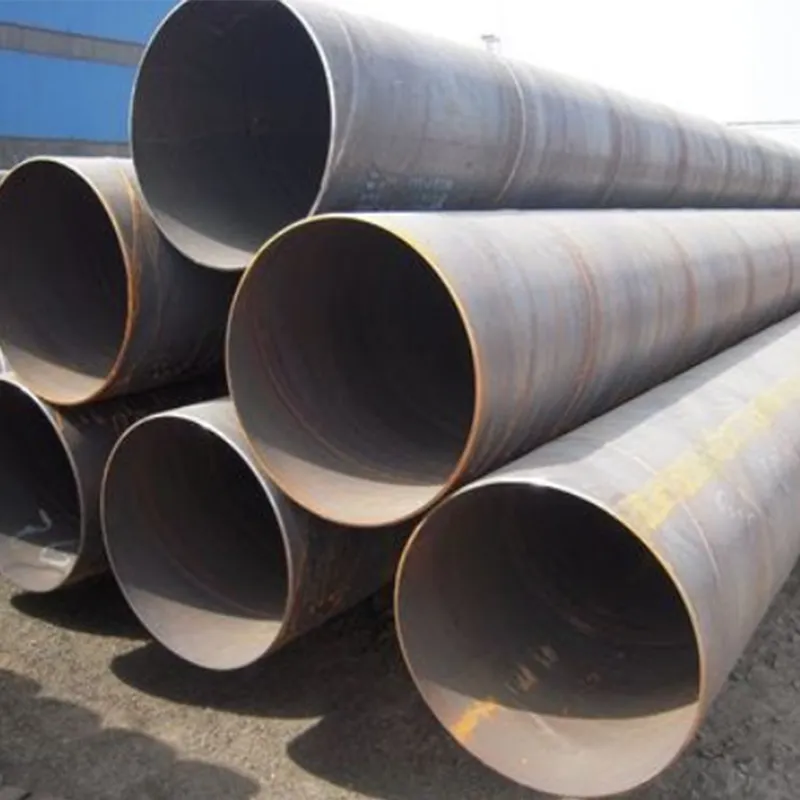-
Cangzhou Yulong Steel Co., Ltd.
-
Phone:
+86 13303177267 -
Email:
admin@ylsteelfittings.com
- English
- Arabic
- Italian
- Spanish
- Portuguese
- German
- kazakh
- Persian
- Greek
- French
- Russian
- Polish
- Thai
- Indonesian
- Vietnamese
- Zulu
- Korean
- Uzbek
- Hindi
- Serbian
- Malay
- Ukrainian
- Gujarati
- Haitian Creole
- hausa
- hawaiian
- Hebrew
- Miao
- Hungarian
- Icelandic
- igbo
- irish
- Japanese
- Javanese
- Kannada
- Khmer
- Rwandese
- Afrikaans
- Albanian
- Amharic
- Armenian
- Azerbaijani
- Basque
- Belarusian
- Bengali
- Bosnian
- Bulgarian
- Catalan
- Cebuano
- China
- China (Taiwan)
- Corsican
- Croatian
- Czech
- Danish
- Esperanto
- Estonian
- Finnish
- Frisian
- Galician
- Georgian
- Kurdish
- Kyrgyz
- Lao
- Latin
- Latvian
- Lithuanian
- Luxembourgish
- Macedonian
- Malgashi
- Malayalam
- Maltese
- Maori
- Marathi
- Mongolian
- Myanmar
- Nepali
- Norwegian
- Norwegian
- Occitan
- Pashto
- Dutch
- Punjabi
- Romanian
- Samoan
- Scottish Gaelic
- Sesotho
- Shona
- Sindhi
- Sinhala
- Slovak
- Slovenian
- Somali
- Sundanese
- Swahili
- Swedish
- Tagalog
- Tajik
- Tamil
- Tatar
- Telugu
- Turkish
- Turkmen
- Urdu
- Uighur
- Welsh
- Bantu
- Yiddish
- Yoruba

Dec . 05, 2024 16:56 Back to list
Exploring A333 Grade 6 Steel Properties and Applications in Modern Engineering
Understanding the A333 Grade 6 Specification A Comprehensive Overview
The A333 Grade 6 specification is an essential aspect of materials engineering, particularly when it comes to pipelines and fittings used in low-temperature applications. As industries evolve and demand for high-performance materials increases, understanding the nuances of specifications like A333 Grade 6 becomes crucial for engineers, manufacturers, and end-users alike.
What is A333 Grade 6?
A333 refers to the ASTM A333 standard specification for seamless and welded steel pipe intended for low-temperature service. Grade 6 specifically indicates a type of carbon steel that exhibits excellent toughness at low temperatures, making it suitable for use in environments where temperatures can drop significantly. This grade is critical for applications in the oil and gas industry, cryogenic equipment, and any other sectors requiring reliable materials under challenging thermal conditions.
Key Characteristics of A333 Grade 6
One of the standout attributes of A333 Grade 6 is its chemical composition. Typically, it contains a blend of carbon, manganese, phosphorus, sulfur, and silicon. The standard requires specific limits on these elements to ensure the steel's structural integrity and performance under stress. For instance, the carbon content in A333 Grade 6 is usually capped at 0.30%, which is integral in maintaining the material's strength without compromising its ductility.
The mechanical properties of A333 Grade 6 also warrant attention. The material must meet stringent requirements for yield strength and tensile strength, ensuring that it can withstand the pressures encountered in various applications. Moreover, it must demonstrate low-temperature impact properties, which are vital in preventing brittle fracture and ensuring its functionality in severe cold climates.
Applications of A333 Grade 6
a333 gr 6

The versatility of A333 Grade 6 is evident in its wide-ranging applications. Predominantly used in the construction of pipelines that transport oil and gas, this grade is pivotal for ensuring safety and reliability in challenging conditions. Pipelines often traverse regions where temperatures can plummet, making A333 Grade 6 an ideal choice due to its resilience against cracking and failure.
Moreover, A333 Grade 6 is not limited to just pipelines. It also finds use in pressure vessels, heat exchangers, and various fittings subjected to low temperatures. These components are critical in energy generation, cryogenic storage, and process industries, where maintaining structural integrity is paramount to operational success.
The Importance of Compliance
For manufacturers and suppliers, compliance with the ASTM A333 specification is non-negotiable. It ensures that the materials they provide meet industry standards for quality and safety. Non-compliance can lead to catastrophic failures, financial losses, and serious safety hazards. Therefore, procurement teams must ensure that suppliers provide the appropriate certifications and testing results for A333 Grade 6 materials.
Regular testing and inspections are integral to maintaining compliance and ensuring the longevity of assets made from A333 Grade 6 steel. Non-destructive testing methods, such as ultrasonic testing or radiographic inspections, are often employed to evaluate the integrity of the welds and the overall structure without damaging the material.
Conclusion
In summary, A333 Grade 6 is a vital specification in the realm of materials engineering, especially for low-temperature applications. Its chemical composition, mechanical properties, and extensive range of applications highlight its importance across various industries, particularly in oil and gas. Understanding this specification not only aids in making informed decisions regarding material selection but also ensures that safety and performance standards are consistently met.
As technology progresses and industries adapt to newer challenges, the significance of high-quality materials like A333 Grade 6 will only grow. Engineers, manufacturers, and operators must remain vigilant and informed about these standards to ensure the safety, reliability, and efficiency of their operations in an ever-evolving landscape.
Latest news
-
ANSI 150P SS304 SO FLANGE
NewsFeb.14,2025
-
ASTM A333GR6 STEEL PIPE
NewsJan.20,2025
-
ANSI B16.5 WELDING NECK FLANGE
NewsJan.15,2026
-
ANSI B16.5 SLIP-ON FLANGE
NewsApr.19,2024
-
SABS 1123 FLANGE
NewsJan.15,2025
-
DIN86044 PLATE FLANGE
NewsApr.19,2024
-
DIN2527 BLIND FLANGE
NewsApr.12,2024
-
JIS B2311 Butt-Welding Fittings LR/SR 45°/90° /180°Seamless/Weld
NewsApr.23,2024











